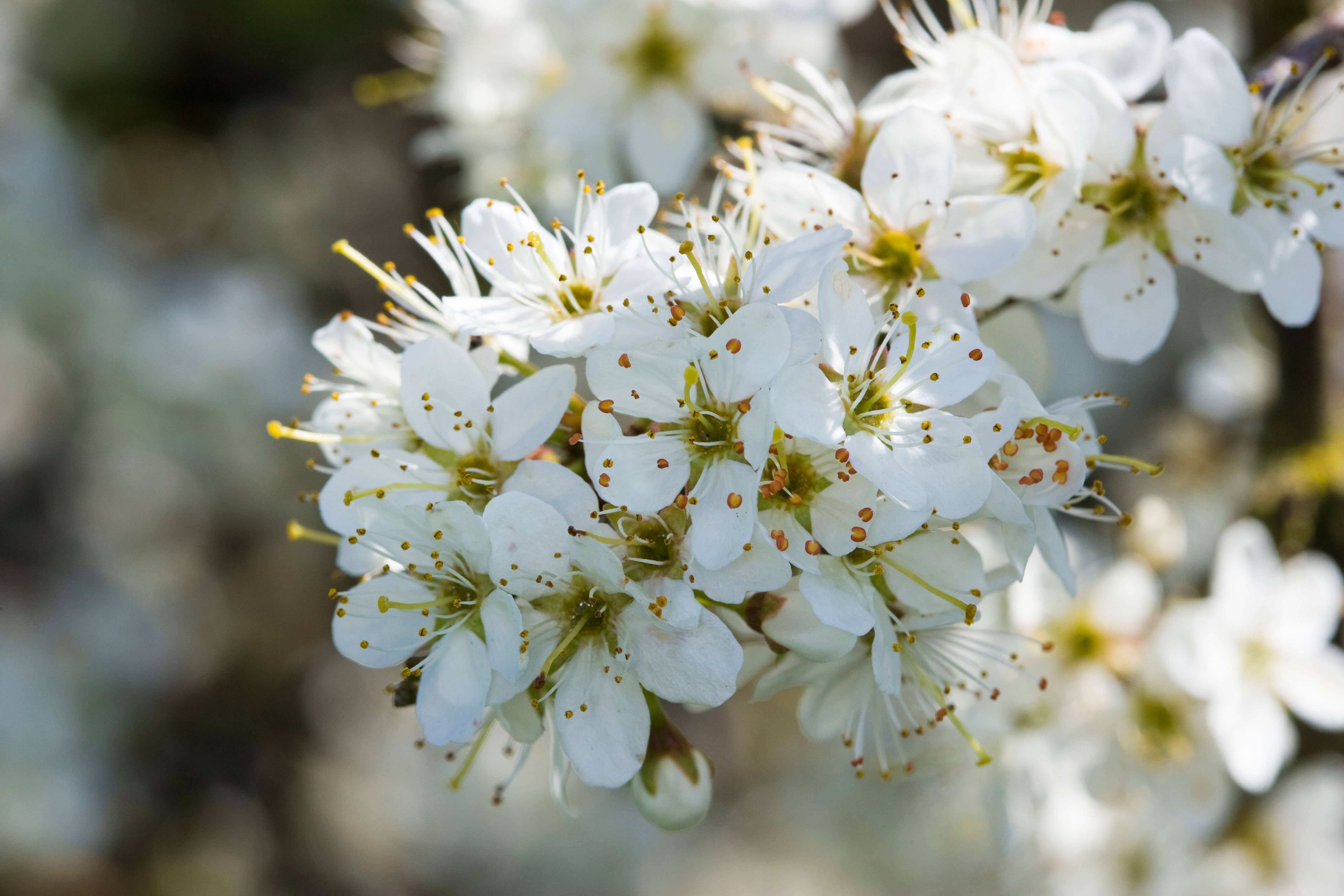Hawthorn out, resilient plants in for Chelsea garden as climate changes
Growing conditions have affected the plants in a National Trust exhibit at the flower show, and the charity says its gardens face a changing climate.

Your support helps us to tell the story
From reproductive rights to climate change to Big Tech, The Independent is on the ground when the story is developing. Whether it's investigating the financials of Elon Musk's pro-Trump PAC or producing our latest documentary, 'The A Word', which shines a light on the American women fighting for reproductive rights, we know how important it is to parse out the facts from the messaging.
At such a critical moment in US history, we need reporters on the ground. Your donation allows us to keep sending journalists to speak to both sides of the story.
The Independent is trusted by Americans across the entire political spectrum. And unlike many other quality news outlets, we choose not to lock Americans out of our reporting and analysis with paywalls. We believe quality journalism should be available to everyone, paid for by those who can afford it.
Your support makes all the difference.Visitors to the Chelsea Flower Show will see plants they would not normally expect, as a result of changing weather patterns, one of the designers exhibiting at the show has said.
Ann-Marie Powell has designed the Octavia Hill garden by Blue Diamond with the National Trust, to celebrate one of the charity’s founders, and has chosen plants resilient to the extremes increasingly being seen as the climate changes.
But this year’s frost-free weather has also meant some of the blooms she was planning to use are already over, with later-flowering plants being used instead.
It reflects wider changes the National Trust is seeing across its properties, from earlier springs to increased storms, droughts and flooding, and its efforts to adapt historic gardens to a changing climate.
The fact we can’t reliably use our native hawthorn at Chelsea any more shows there’s a pattern and we all need to adapt the way we garden, with more unpredictable and extreme conditions in mind
In the Octavia Hill garden, native hawthorn, also known as May because of when it traditionally flowers, but which can no longer be guaranteed for Chelsea, has been replaced with a non-native variety in the garden.
The urban community wildlife garden highlights sustainability, with peat-free plants, reclaimed materials and wildlife-friendly planting and structures including a pond and pollinator habitat.
She said: “This spring may have felt very cold to people, but it has been unseasonably warm from a horticultural point of view, because we haven’t had the frosts.
“The plants haven’t had that pause during freezing weather, so they’ve kept going and flowered earlier than in a ‘typical’ year.”
She said she was “really excited” to get the change to work with beautiful plants not normally seen at Chelsea.
“I’m all about experimenting and having even more plants to choose from makes me feel like a child in a sweet shop.
“But this isn’t just about nature throwing us a quirky spring, the fact we can’t reliably use our native hawthorn at Chelsea any more shows there’s a pattern and we all need to adapt the way we garden, with more unpredictable and extreme conditions in mind,” she said.
Common native hawthorn used to be guaranteed for Chelsea, but designers are now looking at closely-related plants from around the world, and the National Trust garden features an American species whose flowering time better fits the show.
Horcus Loci nursery, which has grown most of the plants for the garden, says the shift towards non-native hawthorns has been building over the past decade.
Other plants that are out of the garden include the vivid blue Camassia quamash, normally a May-June bloom which finished flowering a month early, and two Iris varieties that would be expected to flower from May to July, but which have gone over already.
Alternative plants are going into the Octavia Hill garden, including the Colutea x media “Copper Beauty”, a shrub from the pea family which Ms Powell said would not have been expected to flower at all in the UK a few years ago, let alone in time for Chelsea.
Late flowering salvias, including “love and wishes” which normally flowers from June to September, is also in the garden.
Ms Powell is also using Lagerstroemia “Natchez”, a crape myrtle, which she said “can handle the wet winters and hot summers that we’re predicted to get more of in future”.
What we now realise with climate change, is it's not going to be a smooth path leading straight to temperatures like southern Europe, it's going to be a rocky road
The garden features Celtis sinensis, a tree that is tolerant to drought, floods and pollution and which she thinks will increasingly be used as urban street trees.
Rebecca Bevan, the National Trust’s senior national consultant for plant health and sustainability, said the charity was carrying out work to assess and plan for the threats different gardens in its care were facing in a changing climate.
“Although flowering times are always a tricky one, the feeling is springs are about a month earlier, though that can be very variable.
“What we now realise with climate change, is it’s not going to be a smooth path leading straight to temperatures like southern Europe, it’s going to be a rocky road.”
While there were nice turns of events, such as magnolias having an early and strong flowering season this year, because of the frost-free conditions, storms, drought, floods and sea-level rise are all taking their toll on National Trust gardens, she said.
The charity is in a “test and plan” phase for coping with the conditions, she said.
Work includes moving rhododendrons at Sheringham Park, Norfolk, to more suitable locations, planning a resilient alternative to the parterre garden at Wimpole, Cambridgeshire and planting a Mediterranean garden at Beningbrough, Yorkshire.